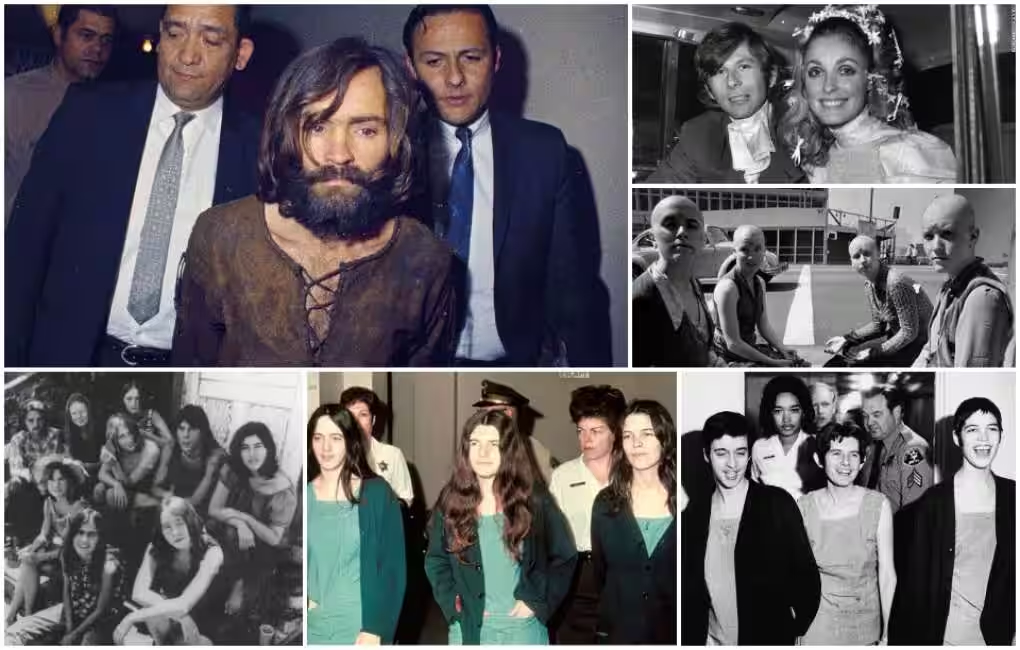
Status As a Police Informant Raises Suspicion That He Was an FBI and CIA Asset Out to Discredit the 1960s Counterculture
The Sharon Tate murders were as bizarre as they were bloody, and the story behind the story is even stranger.
Journalist Tom O’Neill spent 20 years researching, interviewing and digging in his effort to get to the bottom of it. His book, CHAOS: Charles Manson, the CIA and the Secret History of the Sixties, co-authored by Dan Piepenbring, is an account of O’Neill’s personal odyssey as well as a presentation of his findings which unfold, page after page, in tragedy, weirdness and irony.
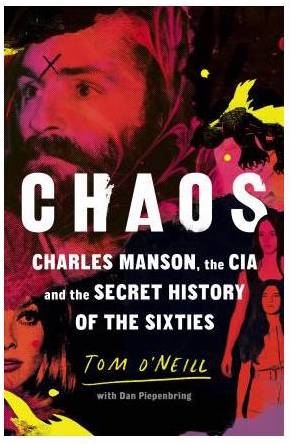
Charles Manson’s hit-team killed ten people, perhaps more. That was in California, back in the summer of 1969, while the U.S. Armed Forces were busily slaughtering millions of Asians in Vietnam. And in opposition to that war, hundreds of thousands of Americans marched in mass protests—the anti-war movement.
Even GIs and military veterans were speaking out against the war. The counterculture movement was in full bloom, having started for at least since “the summer of love” two years earlier. Woodstock, an historic occasion which drew 400,000 people to a music event in Upstate New York, also took place the year of the Manson murders in that same month of August.
War, anti-war, and counterculture—it was all going on when Charles Manson and his “family” suddenly stole the show and took center stage with that series of infamous killings. First there was the Gary Hinman murder, then the Sharon Tate killings, followed by the LaBianca murders. Two more victims about whom we do not often hear were Donald Shea, a caretaker at the Spahn Ranch, and Filippo Tenerelli, who was found dead in a Bishop, California, motel.
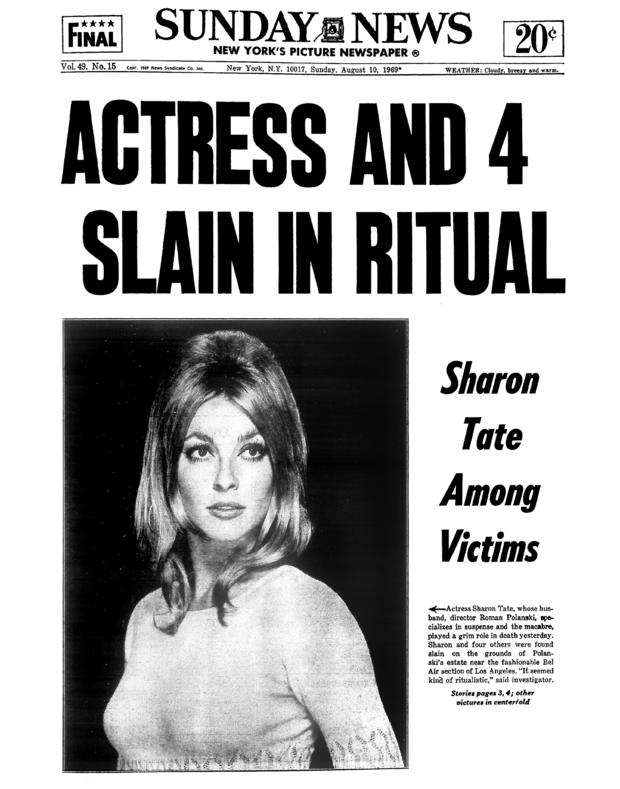
The FBI’s COINTELPRO and the CIA’s CHAOS programs were also in play—part of intelligence’s covert war on dissent. Several shadowy characters, apparently CIA operatives, turn up in this story and appear to have crossed paths with Charles Manson. Among them was Dr. Louis Jolyon West of the CIA’s MK-ULTRA mind-control project. Another was Reeve Whitson who somehow knew of the Tate killings 90 minutes before anyone else did, and reported it in a phone call to Tate’s photographer. O’Neill devotes a chapter to each of them.
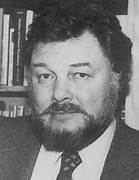
Thirty years had passed since the killings when O’Neill began work on his project in 1999. Several of the key players had already died, but Charles Manson was still in prison, and memories of the killings remained painfully alive. The topic was initially assigned to O’Neill as a magazine article, and the editor gave him three months to complete it.
However, as he launched into it, interviewing dozens—eventually hundreds—of cops, DA lawyers, clerks, Hollywood personalities, drug dealers and others, he found there was far more to the story than he had ever imagined.
He missed his deadline, then his next deadline, and the one after that. The project became his obsession, and the digging and research continued on through 20 long years of plowing through troves of documents: court records, old newspaper files, FOIA requests, and interviews. Research can be frustrating, and clearly it was. “Behind every solid lead, quotable interview, and bombshell document, I put in weeks of scut work that led to dozens of dead ends,” O’Neill tells us. His book finally came out in 2019.
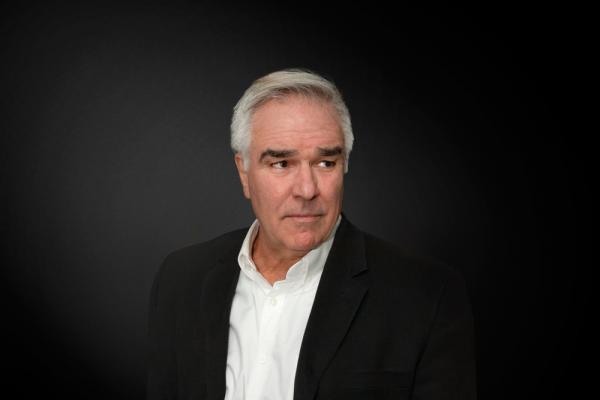
Told in the first person, the book is a gripping detective story that I could not put down—actually an audio that I could not turn off. It is well written, and the audio by Kevin Stillwell is well read. My partner wanted to know what I kept listening to all the time. So I took off my headset and played it out into the room. She caught the bug and we listened to it together day after day, smitten by Tom O’Neill’s obsession.
At Charles Manson’s orders, people were murdered. This is a “mystery” where we know the “who-done-it” part of the story, but we are left to wonder and speculate about almost everything else—motives, the roles of intel and law enforcement, facts that were covered up, and who or what else might have been operating behind the scenes.
Crime novels typically end with the pieces all falling into place to form a coherent picture. Not so in most real-life crime mysteries, O’Neill cautions us. Some pieces are missing; others do not seem to belong, but they are there nonetheless, often in some grotesquely misshapen form.
A good many pieces are left over; they may seem important, but we do not know what to make of them. In this book, the author takes us into a world where cops, judges, prosecutors, witnesses and others do not function in ways that seem rational or above board.
Among the strange pieces in this picture puzzle is something O’Neill calls “Charlie Manson’s get-out-of-jail-free card.”
After having spent much of his life in various prisons, in 1967 Charles Manson was finally out on “federal parole for grand theft auto.” Being on probation is almost like living on the doorstep of a jailhouse.
A parolee can get thrown back in prison for the slightest mis-step. However, Charles Manson went around committing one offense after another—stealing cars, credit cards and firearms, sex with underage women, drugs, etc. Whatever a parolee was not allowed to do, Charles Manson did. He even flouted it. He was caught repeatedly, but none of his numerous violations landed him in jail for more than a few days at a time.
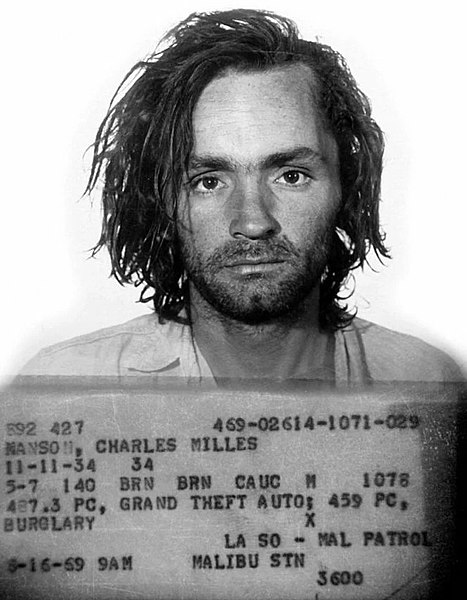
“We were told not to bother those people,” former Los Angeles County Deputy Sheriff Preston Guillory told O’Neill. It was a policy handed down from on high, Guillory said: “Make no arrests, take no police action toward Manson or his followers.”
Cops who had clues, evidence or solid proof of Manson’s violations were pulled back from their investigations. On the occasions when Manson was arrested, judges would let him go. His probation officer, Roger Smith, wrote glowing letters about Manson’s supposedly wonderful progress.
Normally, a probation officer would supervise 20 to 100 parolees; but Roger Smith was supervising only one person—Charles Manson. It was with the encouragement of Probation Officer Roger Smith that Manson spent a year in the Haight-Ashbury district of San Francisco, at the time a Mecca of the hippie counterculture.
There Charlie acquired his “family” of followers, and morphed into the Charles Manson known to history and legend—the charismatic guru and apocalyptic cult leader, acid-dropping mystic, guitarist and songwriter, con artist, car thief and general predator, manipulator and abuser, and evangelist who expatiated on the Book of Revelation.
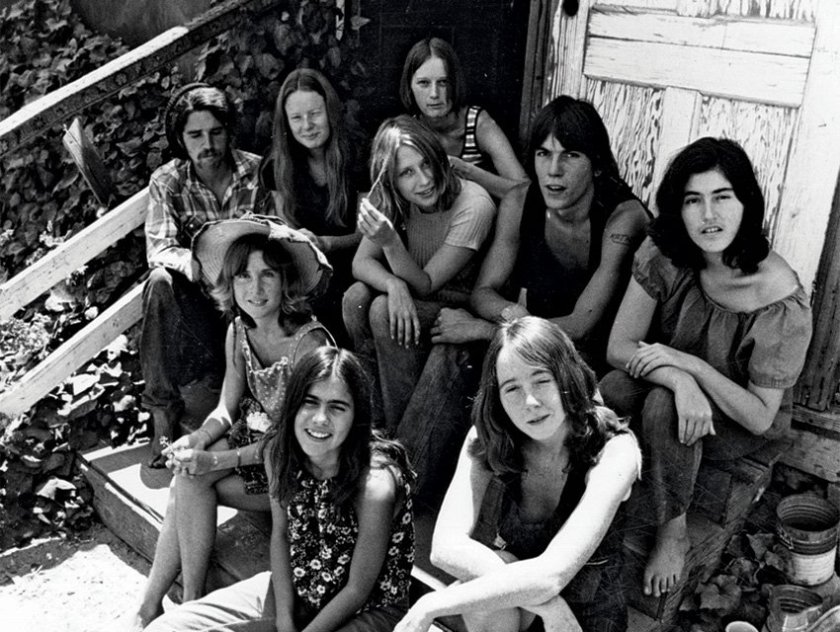
Manson was well-connected with Hollywood celebrities and music personalities: Doris Day’s son, music producer Terry Melcher, the Beach Boys, and many more, though most did not wish to have it known that they had been associated with him. Even after 30 years had passed, many refused to be interviewed by Tom O’Neill. The refusers’ list reads like a who’s who of Hollywood stardom. Cops and prosecutors were more inclined to talk, and some of them opened the author’s way to troves of documents and records.
Reading the accounts of these interactions, I sense that O’Neill must be something of a Will Rogers-type person who rarely met a person he did not like. And people in turn seemed to like him. Even officials who worked hard to cover things up seemed to warm up to him. Several, of course, including legendary prosecutor Vincent Bugliosi, eventually screamed at him and threatened to sue for millions of dollars.
Bugliosi was the attorney who had prosecuted Manson and afterwards wrote the best-selling Helter Skelter. In the courtroom and later in his book, Bugliosi presented Manson’s murder rampage as a scheme to blame the Black Panthers and thus spark a race war between blacks and whites. That became the official narrative, though it was doubted by people who had researched the case. Tom O’Neill devoted a chapter to reviewing “Holes in Helter Skelter”; he exposes Bugliosi’s handling of the case and does the coup de grâce on that theory.
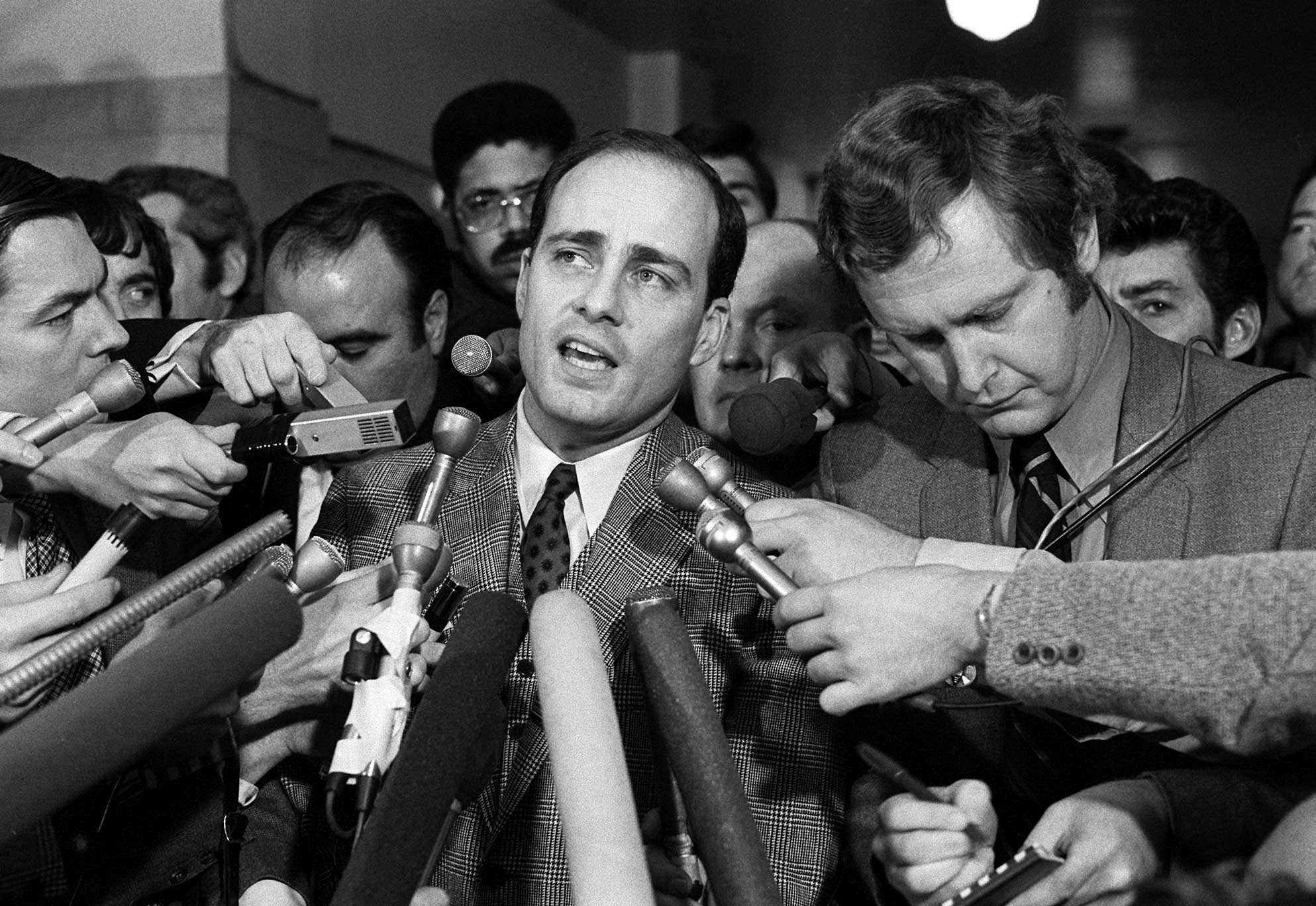
However, by the time O’Neill’s book came out, Bugliosi had passed on, and thus far his ghost has not risen up to carry out the threatened lawsuit. Another person who had threatened to sue O’Neill was music producer Terry Melcher, also dead by the time the book came out. There can be upsides to being a slow writer, taking a long time to do research.
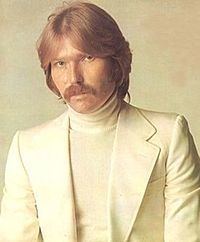
“I’d spoken to duplicitous celebrities, seedy drug dealers, bumbling cops, and spurious prosecutors. I’d been threatened and cajoled and warned off my investigation. But I didn’t have a smoking gun. There were only mountains of circumstantial evidence,” O’Neill tells us.
So he kept going, finding more pieces of the picture. And it reads like the script of a film noir.
Throughout the drama, Charles Manson was being closely monitored by law enforcement agencies and intel. And yet, even while they were watching him, he sent his acolytes out on those brutal killing sprees of August 1969. Incredibly enough, despite the surveillance, it took law enforcement four long months to eventually arrest him and his hit team. During those extra months of free rein, Manson killed Shea and Tenerelli and perhaps more.
Los Angeles County Sheriff’s Department detectives had almost immediately found clues leading to Charles Manson; many Hollywood people also suspected him. So why did it take law enforcement so long to catch him? It appears that the “hands off Manson policy” was still in effect.
Actually, Manson was not the only person in this story who seemed to be immune to prosecution; similar immunity appears to have been granted to two or three Hollywood drug dealers who turn up in the story. That seems to be a fairly common practice in law enforcement.
“A lot of times we arrest people and the DA would say, ‘We can’t keep this person in custody, he’s too valuable, we want him on the streets,’” former Los Angeles Sheriff’s Deputy Guillory told O’Neill. “My suspicion is that Manson was left alone for a while for some reason.”
Former head deputy DA of Van Nuys, Lewis Watnick, gave a similar opinion. “Sometimes this is explained by just pure incompetence,” he said. “But this is not that. It dovetails right in. Manson was an informant.” Of course, that was just his guess, Watnick conceded, but it was an educated one, based on his 30 years of experience. “They’d been watching this guy for something large.”
Looking at the tolerance that authorities had for Manson’s lawbreaking, his relationship with probation officer Roger Smith, and more, it is hard to avoid the conclusion that somebody up there had a major investment in Mr. Charles Manson. They must have wanted him to do something. But what?
Along with his findings, O’Neill shares his uncertainties. “My work had left me, at various points, broke, depressed, and terrified that I was becoming one of ‘those people’: an obsessive, a conspiracy theorist….I don’t consider myself credulous, but I’d discovered things I thought impossible about the Manson murders and California in the sixties.” Further on, he tells us, “I thought most of all about the possibility that Manson, of all people, had some type of protection from law enforcement…It boggled the mind even to speculate that someone like Manson could be plugged into something bigger, and presumably even darker, than he was.”
Something darker than Charles Manson? Our leaders, and the establishment they work for, have a lot of closely guarded secrets—secrets that occasionally make their way out by way of researchers, whistleblowers, hackers, and even congressional hearings.
For background on the political environment of the late 1960s, O’Neill reviews the establishment’s war against the anti-war movement. That includes cases of people who were murdered as a result of FBI and CIA activities and manipulations here in the U.S. He ties this brutality to U.S. actions overseas.
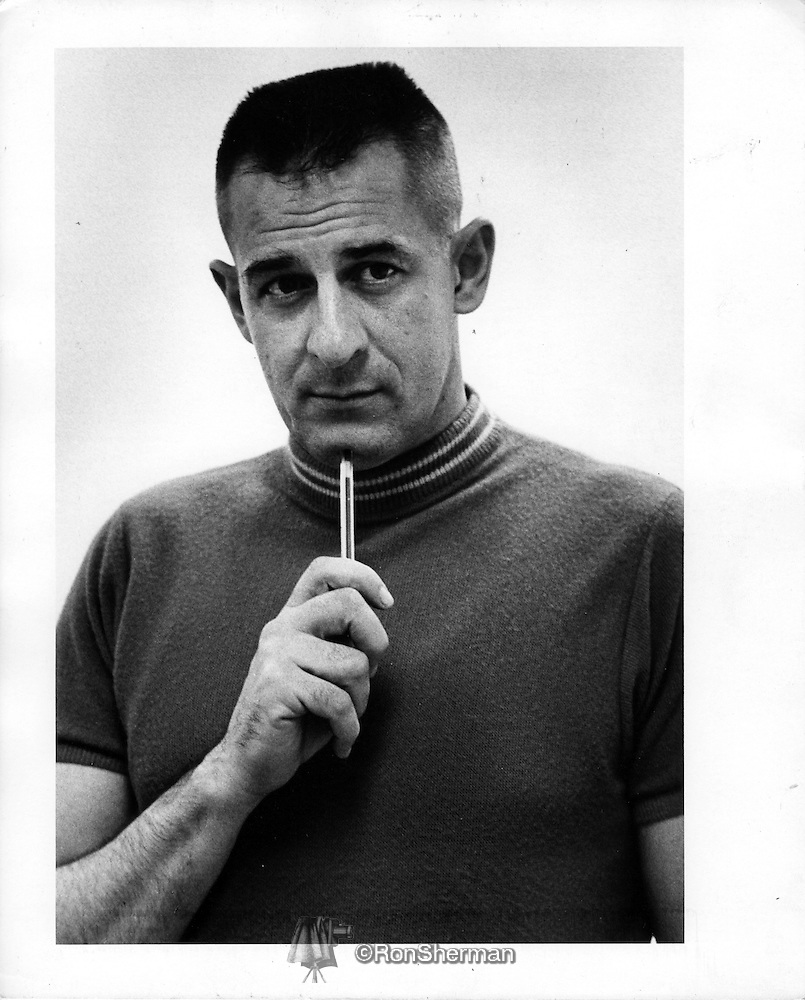
O’Neill looks at the CIA’s Phoenix Program in Vietnam, a kill-capture campaign, which resulted in the death of thousands of Vietnamese civilians. He quotes from a Special Forces soldier, Anthony Herbert, about his time in the Phoenix Program: “They wanted me to take charge of execution teams that wiped out entire families and tried to make it appear as though the Viet Cong had done it themselves. The rationale was that the Viet Cong would see that other Viet Cong had killed their own and…make allegiance with us. The good guys.”
A mission shared by the FBI’s COINTELPRO and the CIA’s CHAOS was to disrupt and discredit the anti-war movement, and that, O’Neill points out, was one effect of the Manson murders. Of course, Charles Manson was not an anti-war activist; it is doubtful that he ever attended an anti-war rally. He was a product of the prison system who somehow found his way into the fringes of the counterculture movement, and there was a lot of overlap between the anti-war and counterculture movements. Many hippies were anti-war, and many activists smoked grass and grew their hair long.
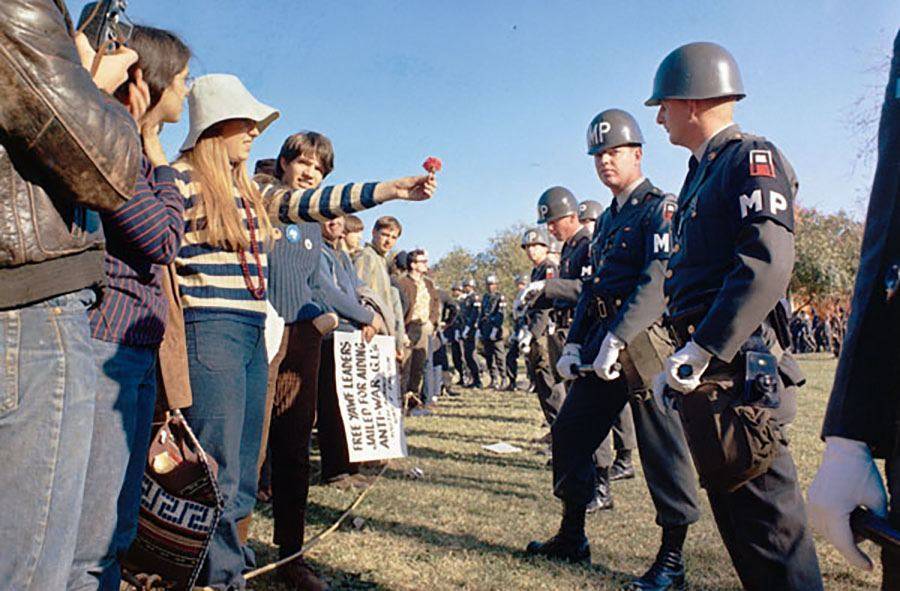
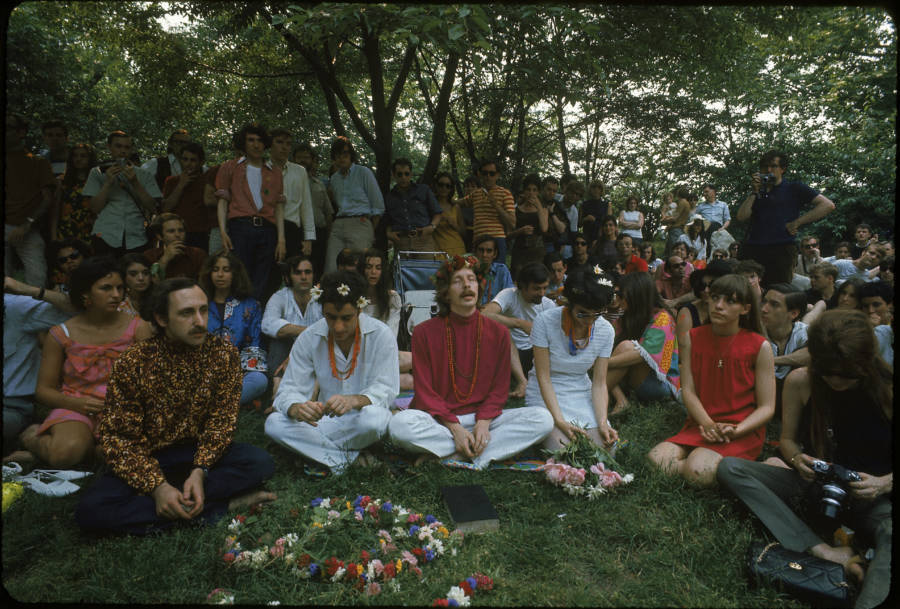
The corporate media, then as now, was the voice of the establishment elite, and dutifully presented the murderous Manson and his “family” to the world as poster children of the “hippie movement.” A lot of people bought that framing. Even people who self-identified as countercultural were saying, “Manson ended the Summer of Love!”—a message the corporate media pushed.
Although the killings were billed as the “crime of the century” and have received massive newspaper coverage ever since, few articles went beyond the sensational aspects and asked truly penetrating questions. When (in 1971) whistleblower LA Sheriff’s Detective Guillory went public with what he knew about Manson’s get-out-of-jail-free card, the media showed little interest. Nor did many journalists work out a related source and connection between these killings and a society waging a brutal and unjust war.
We assume that our leaders in Washington care about the lives of ordinary people. Our experience with them shows otherwise.
We remember Vietnam. There have been several murderous wars since then, and now Gaza. As I write this, our president and our Congress are in the sixth month of funding, arming and giving diplomatic support to apartheid Israel’s genocide of Palestinians.
Our leaders are not averse to promoting mass murder. We have the immortal words of former U.S. Ambassador to the UN Madeleine Albright: When asked in 1996 about U.S. sanctions causing the deaths of hundreds of thousands of Iraqi children, she replied, “We think the price is worth it.”
The powers that be are a bloodthirsty lot when it serves their interests, every bit as murderous as Charles Manson himself. But who might have been the local- or regional-level functionaries authorizing immunity for such criminals?
O’Neill tells us about several high-placed California officials. One was Evelle Younger, then Los Angeles DA. Younger was a former FBI agent who, during World War II, was with the Office of Strategic Services (OSS), the forerunner of the CIA, and also oversaw the prosecution of Sirhan Sirhan; he went on to be California Attorney General from 1971 to 1979.
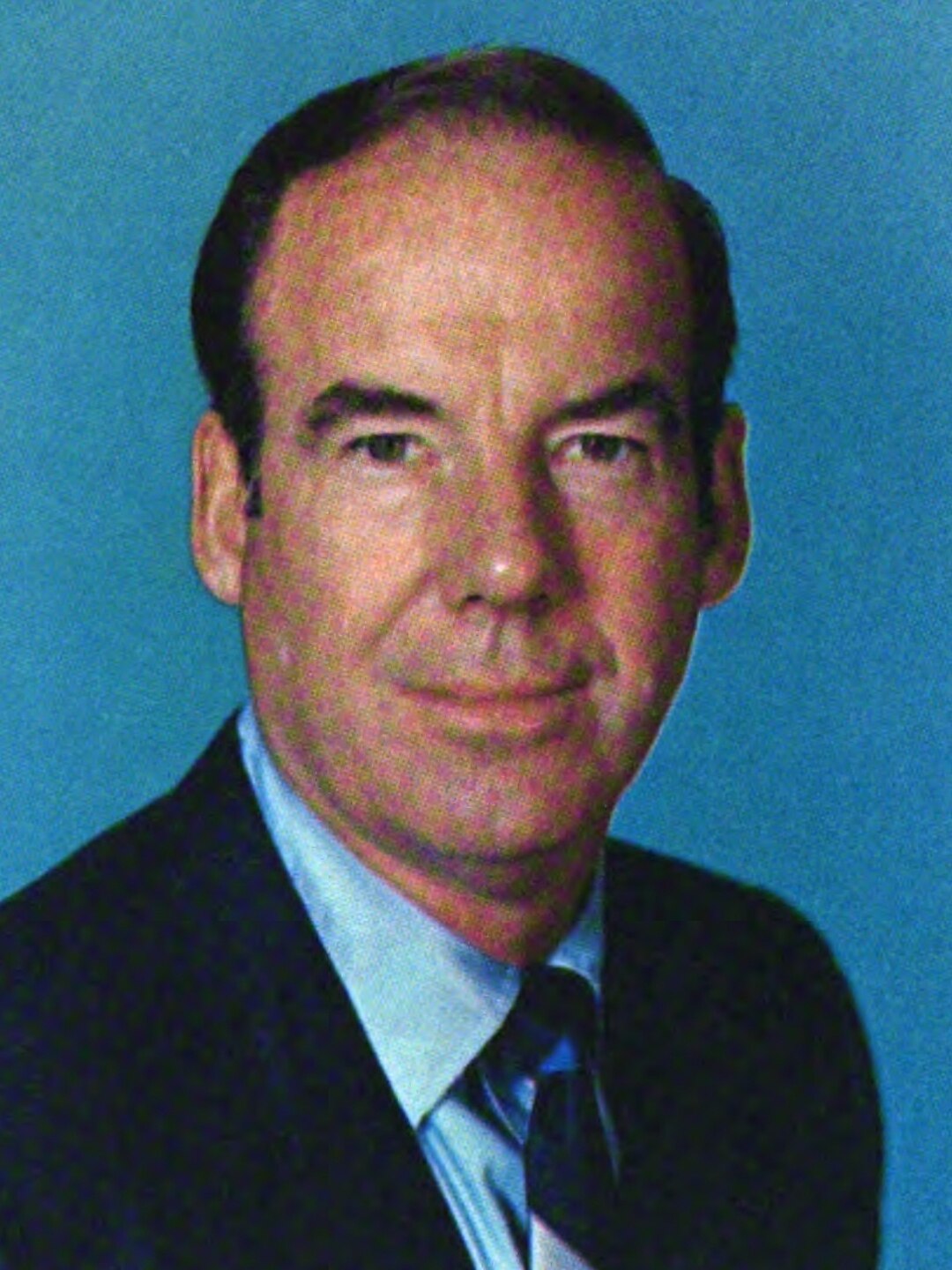
Another was California Governor Ronald Reagan’s chairman of the “Task Force on Riots and Disorders,” William W. Herrmann. Herrmann was a veteran of the CIA’s Phoenix Program; he had also been a lieutenant with the LAPD. However, O’Neill was not able to establish a definite connection between them and the on-the-ground operatives. We do get an idea of who they seem to have been.
In this book of strange dark characters, one of the stranger ones was Dr. Louis Jolyon West, known to his friends as “Jolly” West. He was a pioneering scientist of the CIA’s mind-control project—MK-ULTRA. In 1966 he came to San Francisco, shortly before Manson arrived, and his project was to study and manipulate hippies.
So there they were, the two of them, in the Haight-Ashbury. Tom O’Neill, with meticulous documentation, suggests that Manson became a product of Jolly West’s experiments.
Another dark character who seems to have worked for the CIA was Reeve Whitson, a friend of Sharon Tate and Roman Polanski. He somehow knew of the killings before anyone else did, and telephoned the awful news to Tate’s personal photographer, Shahrokh Hatami. That was 90 minutes before the bodies were discovered by Polanski’s maid.
Both Dr. Louis Jolyon West and Reeve Whitson are dead and gone, West in 1999 and Whitson in 1994, and are, thus, not available for interviews or comment.
In this book Tom O’Neill shows us convincing evidence that Charles Manson was some sort of operative, maybe unwittingly. It looks like the purpose of his handlers—presumably from the CIA’s CHAOS or the FBI’s COINTELPRO—was to set him up to create a bloody scene such as the one on August 9, 1969.
It needs to be recognized that Charles Manson and his followers served the establishment well. Nevertheless, they went to prison where they remained for the rest of their lives. Only one, Leslie Van Houten, was finally released last year on parole.

Virginia Browning and Steve Gilmartin contributed to this article.
CovertAction Magazine is made possible by subscriptions, orders and donations from readers like you.
Blow the Whistle on U.S. Imperialism
Click the whistle and donate
When you donate to CovertAction Magazine, you are supporting investigative journalism. Your contributions go directly to supporting the development, production, editing, and dissemination of the Magazine.
CovertAction Magazine does not receive corporate or government sponsorship. Yet, we hold a steadfast commitment to providing compensation for writers, editorial and technical support. Your support helps facilitate this compensation as well as increase the caliber of this work.
Please make a donation by clicking on the donate logo above and enter the amount and your credit or debit card information.
CovertAction Institute, Inc. (CAI) is a 501(c)(3) non-profit organization and your gift is tax-deductible for federal income purposes. CAI’s tax-exempt ID number is 87-2461683.
We sincerely thank you for your support.
Disclaimer: The contents of this article are the sole responsibility of the author(s). CovertAction Institute, Inc. (CAI), including its Board of Directors (BD), Editorial Board (EB), Advisory Board (AB), staff, volunteers and its projects (including CovertAction Magazine) are not responsible for any inaccurate or incorrect statement in this article. This article also does not necessarily represent the views the BD, the EB, the AB, staff, volunteers, or any members of its projects.
Differing viewpoints: CAM publishes articles with differing viewpoints in an effort to nurture vibrant debate and thoughtful critical analysis. Feel free to comment on the articles in the comment section and/or send your letters to the Editors, which we will publish in the Letters column.
Copyrighted Material: This web site may contain copyrighted material the use of which has not always been specifically authorized by the copyright owner. As a not-for-profit charitable organization incorporated in the State of New York, we are making such material available in an effort to advance the understanding of humanity’s problems and hopefully to help find solutions for those problems. We believe this constitutes a ‘fair use’ of any such copyrighted material as provided for in section 107 of the US Copyright Law. You can read more about ‘fair use’ and US Copyright Law at the Legal Information Institute of Cornell Law School.
Republishing: CovertAction Magazine (CAM) grants permission to cross-post CAM articles on not-for-profit community internet sites as long as the source is acknowledged together with a hyperlink to the original CovertAction Magazine article. Also, kindly let us know at info@CovertActionMagazine.com. For publication of CAM articles in print or other forms including commercial internet sites, contact: info@CovertActionMagazine.com.
By using this site, you agree to these terms above.
About the Author
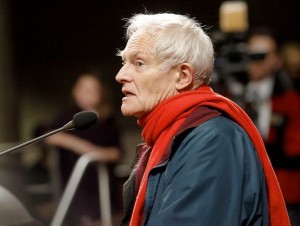
Daniel Borgström served in the U.S. Marine Corps during the Kennedy years.
He now lives in the San Francisco Bay Area and writes on various topics including travel, history, and struggles against corporate dominance. Daniel is a member of the KPFA local station board.
He can be reached at: danielfortyone@gmail.com.

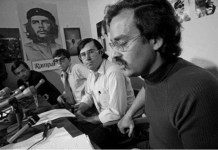
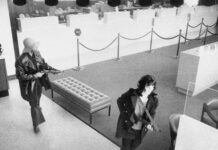
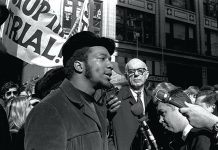



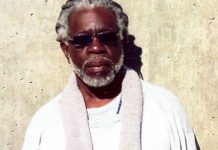
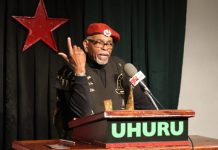
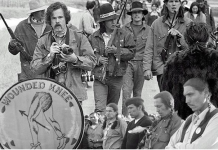

‘Only one, Leslie Van Houten, was finally released last year on parole.’ …aren’t you forgetting Manson family’s Squeaky Fromme…one of the shooters FBI OK’d for release…along w/ SLA’s Sarah James Moore…the other Cointelpro Front…who just went on Today show…but Jonestown was the reason they killed whistleblower Markus Foster…and tried to put Nelson Rockefeller in charge…so the error omitting Squeaky and Sarah’s release…w/ the implications of government involvement chilling political activity needs correction https://jonestown.sdsu.edu/wp-content/uploads/2019/07/Was-Jonestown-a-CIA-Medical-Experiment.pdf?fbclid=IwZXh0bgNhZW0CMTAAAR0IjT9ygUVomnyj0J7KmSxqNVS9VgX_fq-cfOlptZ6luXROht9lf28d3Vo_aem_Acon8w-vwpLpWeope59OxGWB_iChJlkliZLRalkjegu2x1iLe1nc5iLrvpVv4GlMwPupwOQzXNwLkdEQ7iLWHtgk
Well-written article. I’ve been told (anecdotally) that the phone lines to Tate’s home were “professionally” cut. It’s not surprising that Evelle Younger “oversaw” the prosecution of Sirhan Sirhan, given reliable witness accounts that someone standing **behind** RFK actually pulled the trigger on RFK. RFK promised to immediately end the Vietnam War. Sirhan was fully as much a stooge as Oswald. Similarly, it’s not surprising that Bugliosi threatened to sue, given that he was a staunch purveyor of government propaganda that Oswald killed JFK and acted alone in dong so. His book “Helter Skelter” was absolute hogwash. JFK, of course, intended to stop the Vietnam War before it even started. Bugliosi either ignored or viciously pilloried mountains of evidence that JFK was shot from the front, including testimonies of surgeons at Parkland Memorial Hospital about exit wounds in the **rear** of JFK’s skull. The surgeons were threatened to silence by the CIA.
There was no trial for Lee Harvey Oswald or James Earl Ray. And so, it would have looked a bit strange if there had been no trial for Sirhan Sirhan either.
But the CIA had sufficient leverage over the defence team that it could be sure in advance that Sirhan would not be properly defended and would thus be convicted.
And that is precisely what happened.